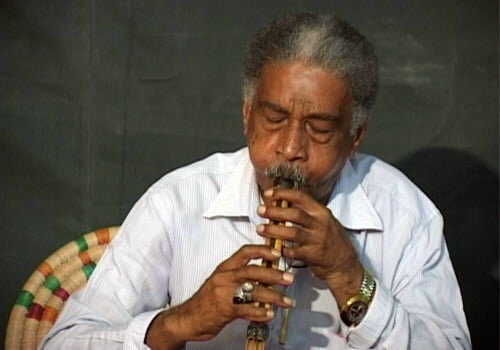Eight cultural heritage elements gain national status

TEHRAN – Eight traditional skills passed down from generation to generation in Khuzestan province have been registered in Iran’s national list for intangible cultural heritage.
The elements include the skill of crafting and playing an ingenious type of ney (two attachd end-blown flutes); making a kind of organic beard and indigenous knowledge of palm tree cultivation, CHTN reported on Sunday.
Moreover, a native game, a special mourning ritual practiced by Arab-speaking women of the province as well as a religious ceremony long been observed in certain mosques of the southwestern province were inscribed in the prestigious list, the report said.
Some 2,000 elements are currently been registered on Iran’s national list of intangible cultural heritage, tourism minister Ezzatollah Zarghami says.
“So far, about two thousand intangible cultural elements have been registered in the country,” the minister said on March 4.
“Intangible cultural heritage such as culture, religion, and rituals are of very high importance as they shape the identity of any nation,” Zarghami said.
In addition, 17 Iranian elements have been registered in UNESCO’s list of the Intangible Cultural Heritage of Humanity.
Among Iran’s entries to the prestigious list is Radif of Iranian music; traditional skills of carpet weaving in Kashan; Music of the Bakhshis of Khorasan; Naqqali, Iranian dramatic story-telling; traditional skills of building and sailing Iranian Lenj boats in the Persian Gulf; and traditional skills of crafting and playing Dotar.
Furthermore, Iran seeks to register five intangible elements on UNESCO’s list of Intangible Cultural Heritage of Humanity in near future. They are ancient festivities of Mehregan and Yalda, crafting and playing [the stringed instrument of] the Oud, traditional craft of silk spinning, and Turkmen Duzi (a kind of traditional textile being practiced by Iranian Turkman tribes).
AFM
